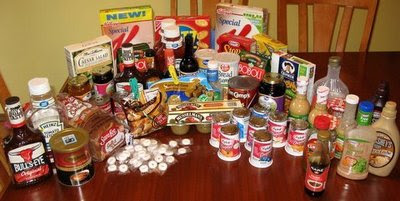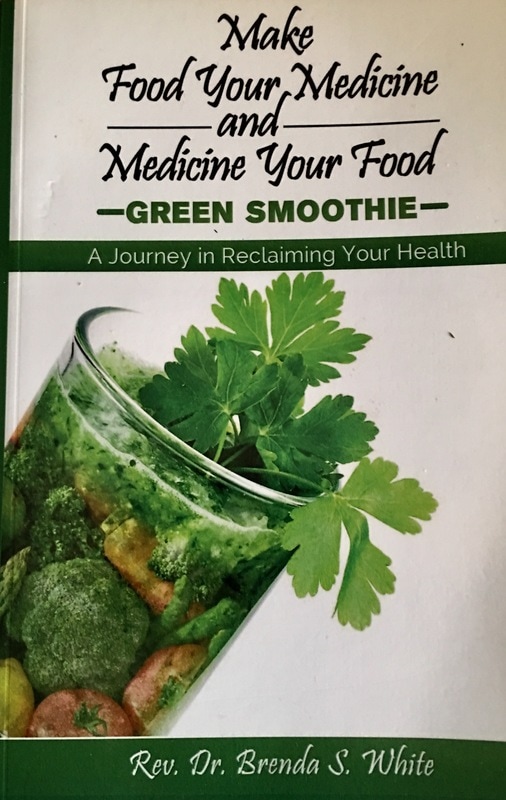
Is Corn Syrup Causing You To Be Sick and Fat?
Farmers are growing corn that is used to make a special type of sweetener called high-fructose corn syrup (HFCS). It costs 30% less to procuce than beet sugar, which is sucrose. Consequently it is used to sweeten almost all processed foods in grocery stores and in restaurants. This sweetener is hidden from you as it is mixed into the food. For example, corn syrup is added to pancake mix, to pancake syrup and to ketchup. You can’t see it, but it makes the food taste better and so you eat more of the food and the corn syrup.
So what is so bad about corn syrup as a sweetener?
Corn syrup has been linked to causing a number of health problems: notably obesity and diabetes, and suspected in causing cardiovascular disorders and colorectal cancer in women. Some persons are allergic to corn and will get sick from corn syrup,
causing health problems. Although the link to obesity is belittled by papers and research paid for by the corn industry independent research validates the concern over corn syrup and health. Corn syrup alone is not the sole cause of obesity. There are other contributing causes. The controversy is more about the government subsidies for corn.
How does HFCS affects your metabolism and digestion?
In order to understanding just how corn syrup disrupts the normal functioning of metabolism and digestion in the body, one has to examine its biochemistry. Corn syrup is made up of a two simple sugars: fructose and glucose. Fructose is digested differently from common sugars like glucose. For example, Glucose causes fat cells to release the hormone leptin that makes you feel full. Glucose also prevents the stomach from releasing the hormone ghrelin that makes you hungry. The leptin makes you feel full so you eat less. [ 2.
On the other hand, fructose does not cause fat cells to release leptin and does not suppress ghrelin. This means that fructose increases hunger to make you eat more. Furthermore, the liver converts fructose far more readily to a body fat called triglyceride, than it does with glucose.
How does HFCS cause you to overeat?
The main point being made is that fructose adds to overeating because it does not trigger chemical messengers that tell the brain the stomach is full and to stop eating! Instead, the brain tells you that you are still hungrey. Eat More! and then a little more! Now, don't the extra calories feel good, especially around the stomach? Your brain remembers this and the next time you go out to eat, your brain says"Hey, get me that corn syrup food!" Your brain sends you a message to eat the food again! It seems that the corn syrup has conditioned your brain into eating corn syrup again.... " a possible addiction??"
The end result is that our bodies are essentially tricked into wanting to eat more and at the same time, we are storing more fat. It becomes easy now to link corn syrup to obesity. People eating foods and drinking beverage drinks with corn syrup eat more; they take in more calories than their body needs and store the excess calories as body fat. Numerous researchers have confirmed that there is a relationship between corn syrup and the obese epidemic in the United States and Canada.
Major Problem: The exact amount of corn syrup used in various foods is a company secret and difficult to uncover. Processed foods sold in grocery stores must print on the label all ingredients in the food item, including corn syrup or HFCS but not the amount. The closer it is near the beginning of the label the greater percent amount.
What do you do?
Three major places where corn syrup may be found or used in foods:
1. Grocery stores: many if not most processed foods use HFCS. Before buying, read the small fine print on the Label
Read the Labels & look for corn syrup in small print. Don't buy product if the label has corn syrup or HFCS on the label.
2. Fast food restaurants: Best to avoid eating fast foods. HFCS is hidden in buns, soft drinks, pastry, desserts, ketchup and sauces..
3. Restaurants all kinds: HFCS may be hidden in soft drinks, pastry, desserts, ketchup and sauces. No one knows whether corn syrup is used, how much, etc.. “Ask the waitress to ask the cook if corn syrup is in the food you want to order. [ They probably don’t know].
4. Eat & COOK at home: Cook your own food in your kitchen, don’t use corn syrup ingredients, poly saturated or saturated fats. You need to avoid corn syrup.
Get control of your life and start eating a healthy diet.
5. Avoid food products with high fructose corn syrup, this list is incomplete:
- applesauce
- Breads white
- Candy, marshmellows
- Cereals with the Heart Healthy Claims
- Chocolate bars
- Coffee whiteners
- Desserts: Pies, Puddings
- English muffins
- Hot dog buns
- Ice Cream: including Sandwiches
- Jellies
- Ketchup: 1 tbsp = 1 tspn sugar
- Pancakes, hotcakes, waffles
- Pastry: cinnamon buns, bran muffins, cakes
- Pizza crust & dough
- Processed foods
- Salad Dressings: especially “ lite” and “reduced calorie”
- Smoothies: e.g. Hansen's Super Vita orange-carrot: 10 teaspoons of sugar
- Snack foods
- Sodas: 12oz = 13 tspns hi-fructose corn syrup (HFCS) Example: Sunkist, Coca Cola and Pepsi
- Spaghetti sauce
- Special K cereal
- Syrups: pancake
- Yogurt: e.g. lowfat fruit flavores = 10 tspns HFCS
- Yoplait Yogurt all varieties
These substitutes should be free of corn syrup. But always read the label:
Remember these substitutes for corn syrup are still sugar and sugar has calories! You replace one evil with another. Use them sparingly:
- granulated sugar
- brown sugar rice syrup or glucose syrup
- maple syrup
- molasses
- honey
- treacle



 RSS Feed
RSS Feed